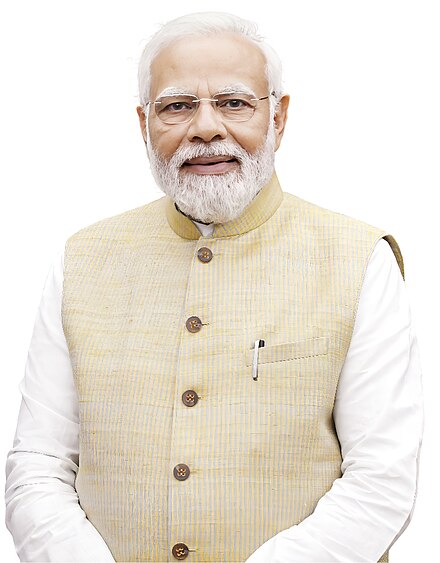
Introduction
Since taking office in May 2014, Prime Minister Narendra Modi has been a significant force in transforming India’s political landscape. His policies, characterized by economic reforms, infrastructural development, and a push for technological advancement, have reshaped the nation’s socio-economic framework. Understanding Modi’s impact is essential as India stands on the brink of becoming the world’s third-largest economy, making his leadership relevant not only to citizens but also to international observers.
Key Policies and Initiatives
One of Modi’s flagship initiatives is “Make in India,” launched in 2014 to encourage foreign investment and boost manufacturing. According to the Ministry of Commerce and Industry, this effort has led to a 25% increase in manufacturing output since its inception. The government has also streamlined processes for starting businesses, resulting in India jumping from 142nd to 63rd in the World Bank’s Ease of Doing Business rankings in just a few years.
Another pivotal reform is the implementation of the Goods and Services Tax (GST) in 2017, which aimed to unify India’s complex tax structure. This has simplified compliance for businesses, facilitated market access, and increased tax revenue. According to the Finance Ministry, GST collections averaged ₹1.40 lakh crore monthly in FY 2022-2023, demonstrating the effectiveness of this reform.
Social Welfare Programs
Modi’s government has also focused on social welfare through schemes like Pradhan Mantri Awas Yojana (PMAY), which aims to provide affordable housing for the urban poor. The program has led to the construction of over 1.1 crore houses since its launch in 2015. Additionally, the Ujjwala Yojana initiative has provided liquefied petroleum gas (LPG) connections to more than 8 crore households, significantly improving women’s health and kitchen safety.
Challenges and Criticisms
However, Modi’s tenure has not been without controversies. Critics argue that some policies, particularly those affecting minority rights and farmer protests, have raised concerns about India’s secular fabric. The controversial Citizenship Amendment Act (CAA) of 2019, aimed at providing refuge to non-Muslim minorities from neighboring countries, sparked widespread protests and criticisms of discriminatory intent. Farmer protests in 2020 against new agricultural laws brought significant national and international attention, highlighting tensions between government policy and grassroots opposition.
Conclusion
As Modi heads into a critical election year in 2024, the implications of his leadership are profound. His ability to balance economic growth with social inclusivity will be tested, especially in light of the criticisms he faces. The course of India’s development will likely be heavily dictated by Modi’s decisions and the public’s response to them. For readers, understanding Modi’s expansive influence is crucial not only to grasp the current Indian socio-political climate but also to anticipate future trends in one of the world’s fastest-growing economies.



